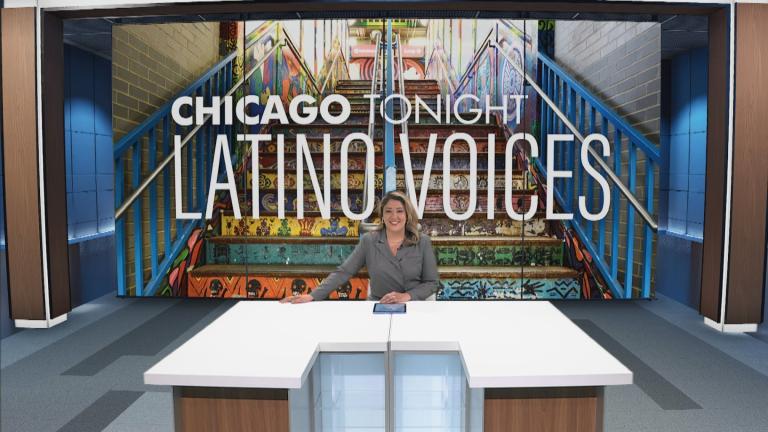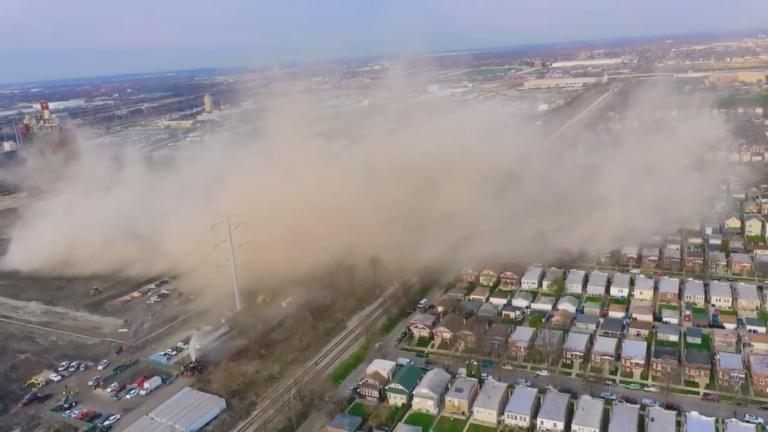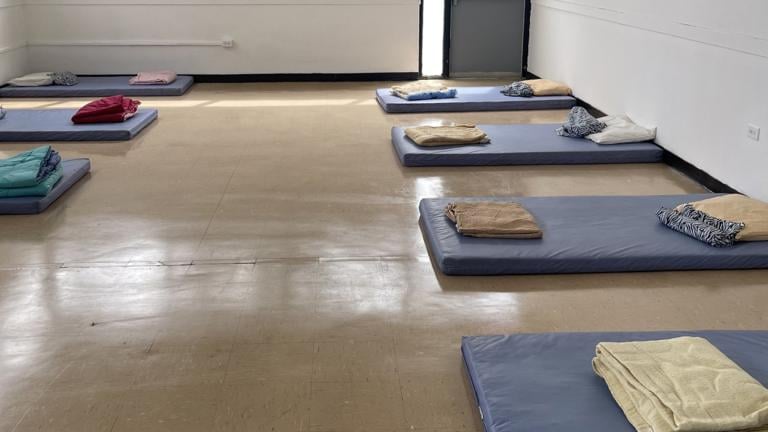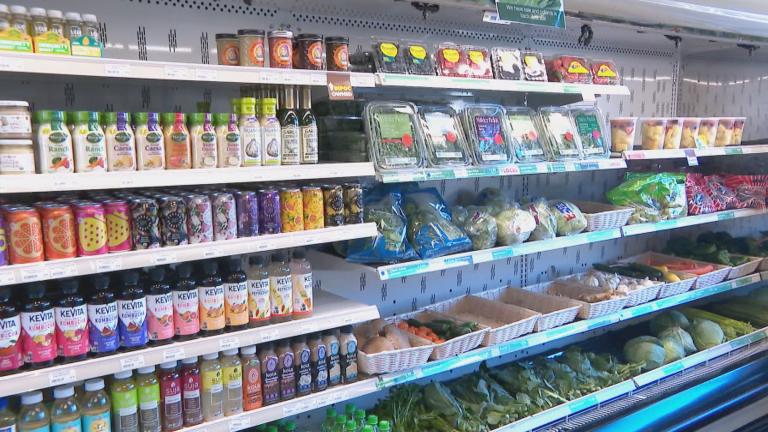Since last September, government officials have scrambled to support the thousands of migrants who’ve come to Chicago. A year later, resources remain strained and few long-term systems are in place. But in spring of this year, a community-led effort to house and assist migrants rose in a Pilsen warehouse.
Since May, organizers with the volunteer collective Todo Para Todos said they’ve hosted 260 residents and have found permanent housing for more than 150 of them. The shelter ended its operations this past weekend.
Lindsay Gifford was among the volunteers who helped coordinate resources for the shelter. She said though she believes the shelter was successful in supporting the migrants it worked with, there were a few reasons that necessitated its closure.
“First of all, the insurance on the building which was held by the donor of the warehouse, has lapsed now,” Gifford said. “So we felt that it would be no longer safe to host people in the shelter. Second of all, many of our amazing volunteers were educators or educational administrators. And so with the return back to school, we lost a lot of volunteer capacity, including myself as a professor. And third, we fought really hard to be acknowledged as an affiliated shelter with the city of Chicago. But unfortunately, we weren’t able to be included within that infrastructure.”
Not being an affiliated shelter created a shortage of funding, said Todo Para Todos volunteer Cynthia Nambo.
“Because we don’t have the stream of funds, … we can’t maintain or be able to support people for their own housing,” Nambo said. “The city shelters provide six months of rental assistance. We have a welcoming center, two of them that are helping us, and that’s maybe $800 one-time emergency funding.”
Gifford said everyday operations at the shelter took a dedicated team of volunteers and intense planning.
“We would make sure that people were fed,” Gifford said. “We had three meals a day. I usually did the lunch shift. We made sure everyone had a functioning air mattress that wasn’t punctured or leaking, especially for pregnant women, to make sure that they weren’t sleeping on the floor. And we’d help with everyday needs — making sure people had hygiene products. I would stock the bathrooms with toilet paper and soap. And then also help with translation, … accessing jobs that were available in the neighborhood, looking at apartment postings. So anything that the residents needed assistance with, we would help out.”
Nambo said because of the shelter’s close quarters and volunteer workforce, their biggest expense became paid security to keep all the residents safe.
“At first, we actually had Victory Outreach volunteering (for security),” Nambo said. “However, I felt because we had the scarcity of funds, we had to prioritize the night shift. And to do the night shift, that is a strain on your body, on your emotions. So we felt like, OK, let’s take some of the donations and give some incentive for people to be able to be all night and keeping people safe. And that’s the only shift we were able to really fund until the end.”
Nambo said a small number of migrants housed in the shelter who “engaged in violent acts” were asked to leave, but for the most part, the community remained cooperative and peaceful.
“There was one fight, and so we really needed to make sure that we were keeping it safe,” Nambo said. “According to our safety team who worked in the other shelters, in comparison, they said it was better because we built the community.”
The shelter at 2035 N. Racine Ave. is in Ald. Byron Sigcho Lopez’s 25th Ward. Gifford said Sigcho Lopez and his staff were kept in the loop as to the shelter’s operation and securing some assistance.
“We had access to some of his staff members almost on a daily basis,” Gifford said. “So they were assisting us with donations, whether they were material or cash. Getting us connected to the warehouse in the first place and the donor of the building, I believe he was a part of that negotiation and making sure that we did have some support throughout the summer months.”
Gifford said she appreciates some aspects of the Johnson administration’s approach to managing the new migrant population, but added that models for these sorts of efforts are in place elsewhere for Chicago to draw upon and emulate.
“I appreciate the effort to open shelters throughout the city, right? Not targeting any particular neighborhood,” Gifford said. “The more that we can work together, I think the more effective the policy will be. I do hope that the Johnson administration looks at international expertise from organizations like the … United Nations High Commission on refugees. We have longstanding expertise on how to work with refugee and asylum-seeking populations. And so it’s not that we have to reinvent the wheel, but we do have to learn best practices quickly.”
Nambo said her motivation for taking part in the volunteer effort stems from her own immigrant background.
“We are from immigrant parents, where our families have documented or undocumented status,” Nambo said. “And for us, this is our legacy, this is our future. The United States has been built and evolved around immigrant longevity and sustainability. And so we wanted to make sure that not only don’t we want our current migrants to sleep on the floor, but we want them to have self-determination and self-actualization. One of the things I think that people don’t understand is we have lawyers, we have doctors, we have people who take care of children, we have maintenance people, and they’re all of equal value. … So we really need to see them and really think about them in terms of dignity.”








